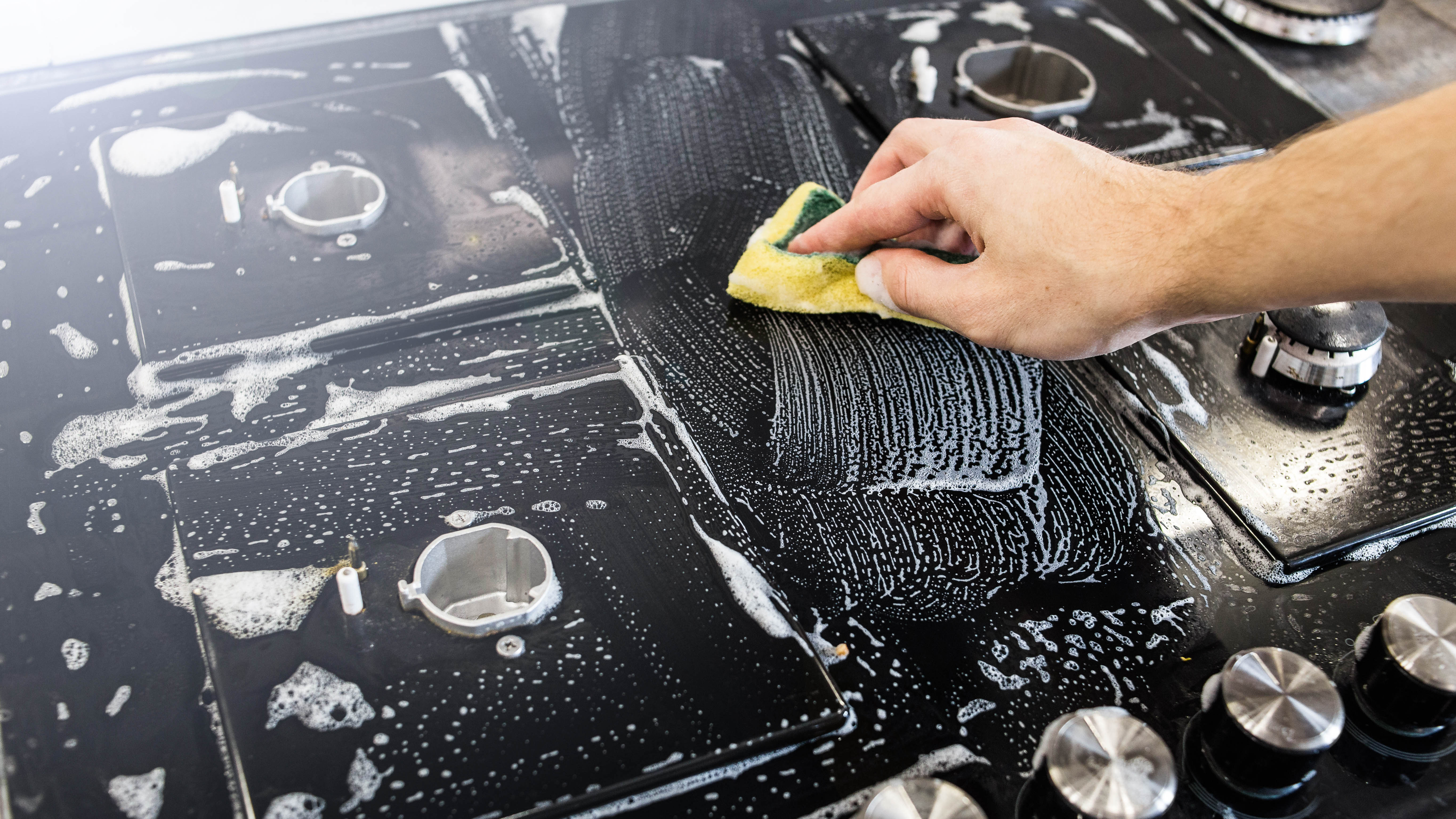7 mistakes to avoid when you water your lawn
Watering your lawn is essential, but there are several mistakes often made
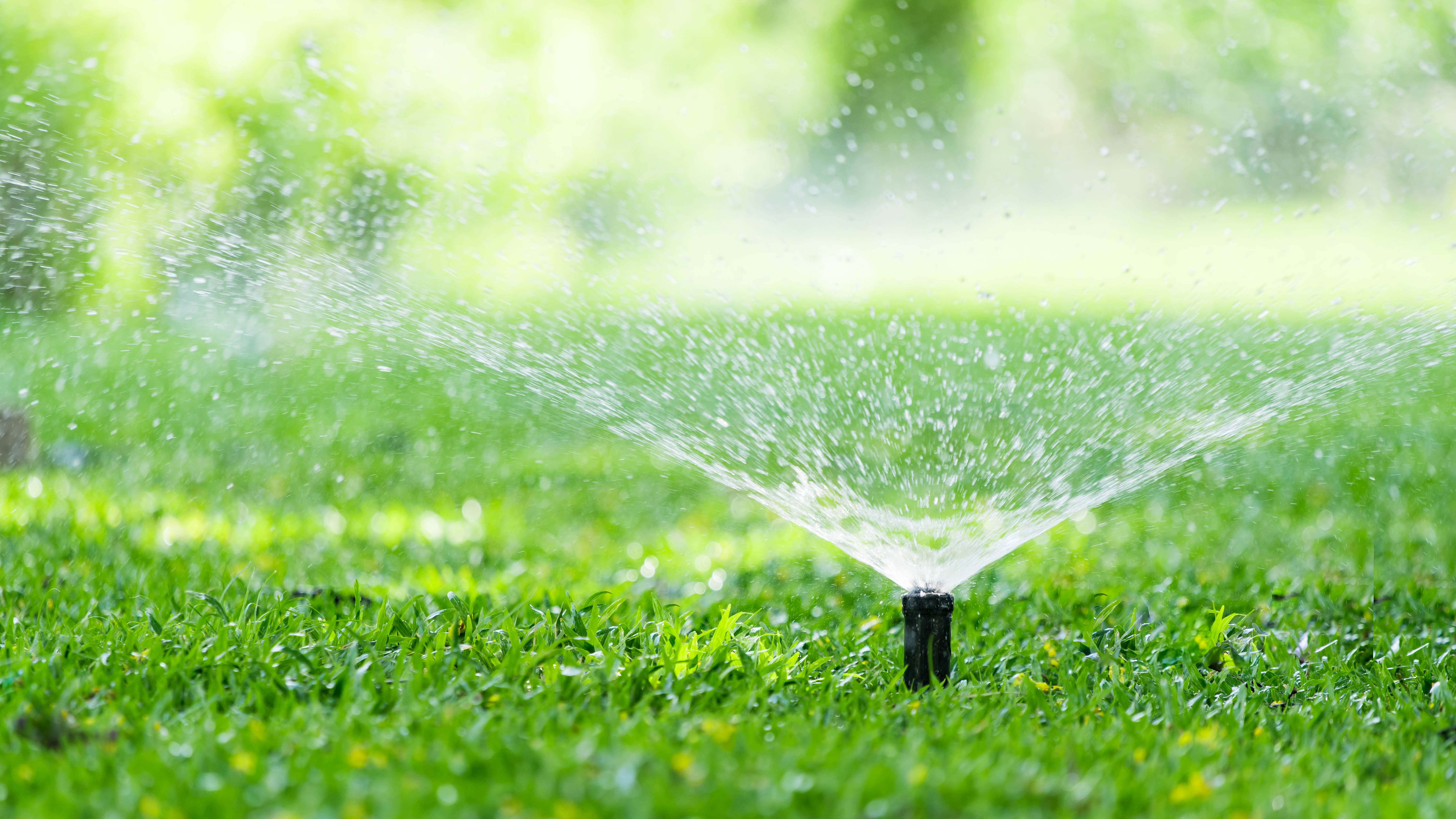
With the full heat of summer upon us, our lawns need all of the help they can get. Things can dry out quickly at this time of year, leading to many of us reading up on how to revive dead grass. So it’s imperative that we take the time to water our lawns regularly. But, before you unreel your hose, you should know there are several mistakes often made when it comes to watering your lawn.
Make any one of these errors, and you could jeopardize your lawn’s health. Not only that, you could be wasting your time and water — literally pouring money down the drain. If you're keen to learn what habits to avoid and what to do instead. We’ve rounded up 7 lawn-watering mistakes to steer clear of at all costs.
Be sure to also check out: sprinkler versus hose: which is better for your lawn? Plus, here are 7 ways to collect and reuse rainwater.
1. Overwatering or underwatering
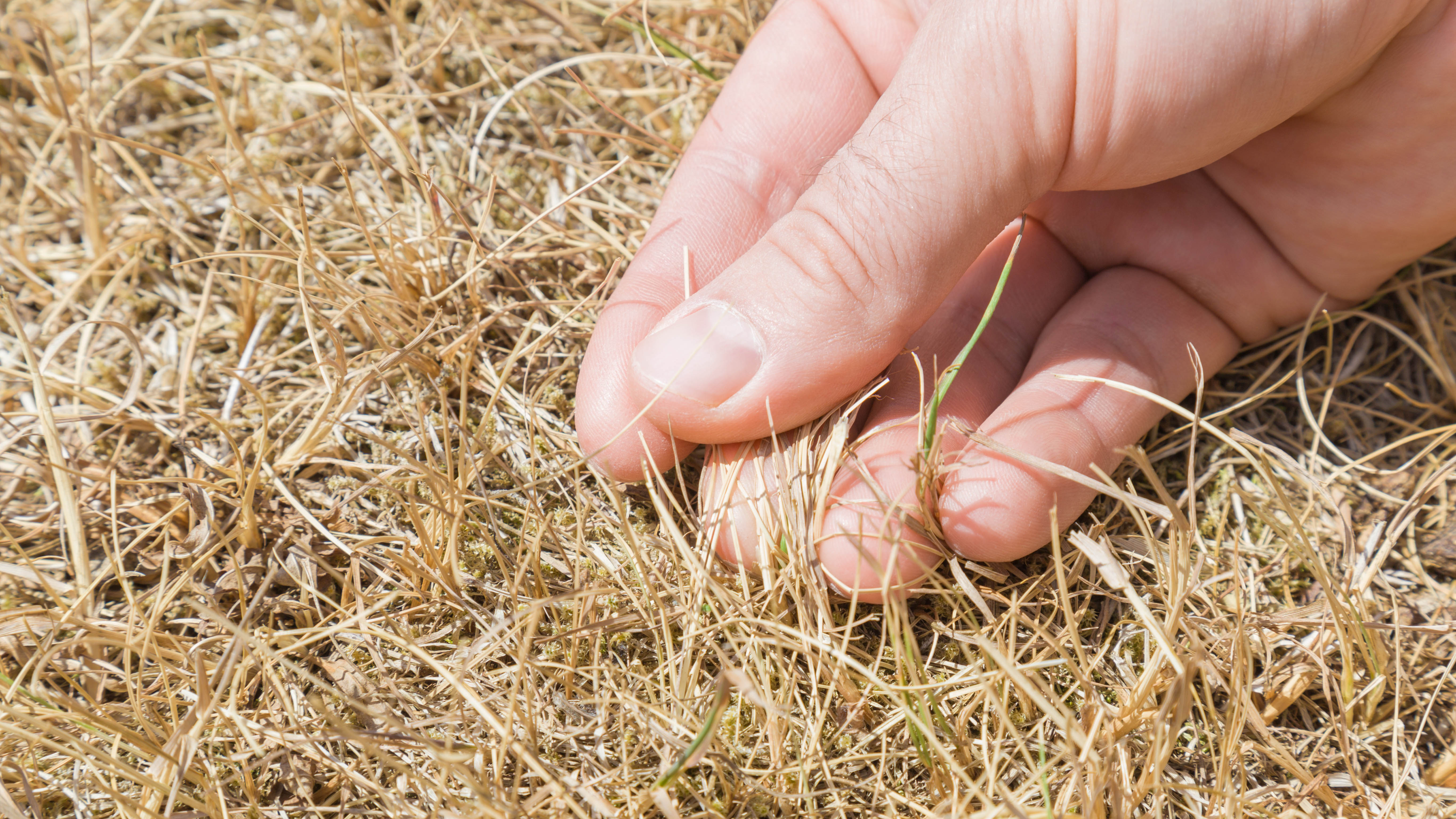
The first and most obvious mistake is applying too much, or too little, water. Get this balance wrong and your grass won’t grow as well as it could. Overdo it, especially when there has been heavy rain, and you could ultimately kill your lawn.
There are several signs you’re overwatering your yard. The ground could feel squishy when you walk on it — indicating an abundance of moisture in the soil. There may also be weeds and fungus galore, because the conditions are more favorable. Your grass might yellow as it deteriorates from a lack of oxygen in the soil. This last symptom is often confused with drying out, so it’s easy to keep watering and make things worse.
Underwater your lawn, and it will struggle to photosynthesize, resulting in stunted growth. A dry lawn will turn yellow and brown in color, with wilting blades of grass and cracked soil. Weeds can show up here too, particularly if bare patches are apparent in your lawn.
If you want to know how much you should water your lawn to keep it green, we asked the experts. An inch of water per week is ideal for best growth. You can always check its condition by driving a screwdriver into the soil. It should move through the soil with ease.
Sign up to get the BEST of Tom's Guide direct to your inbox.
Get instant access to breaking news, the hottest reviews, great deals and helpful tips.
2. Applying water too quickly
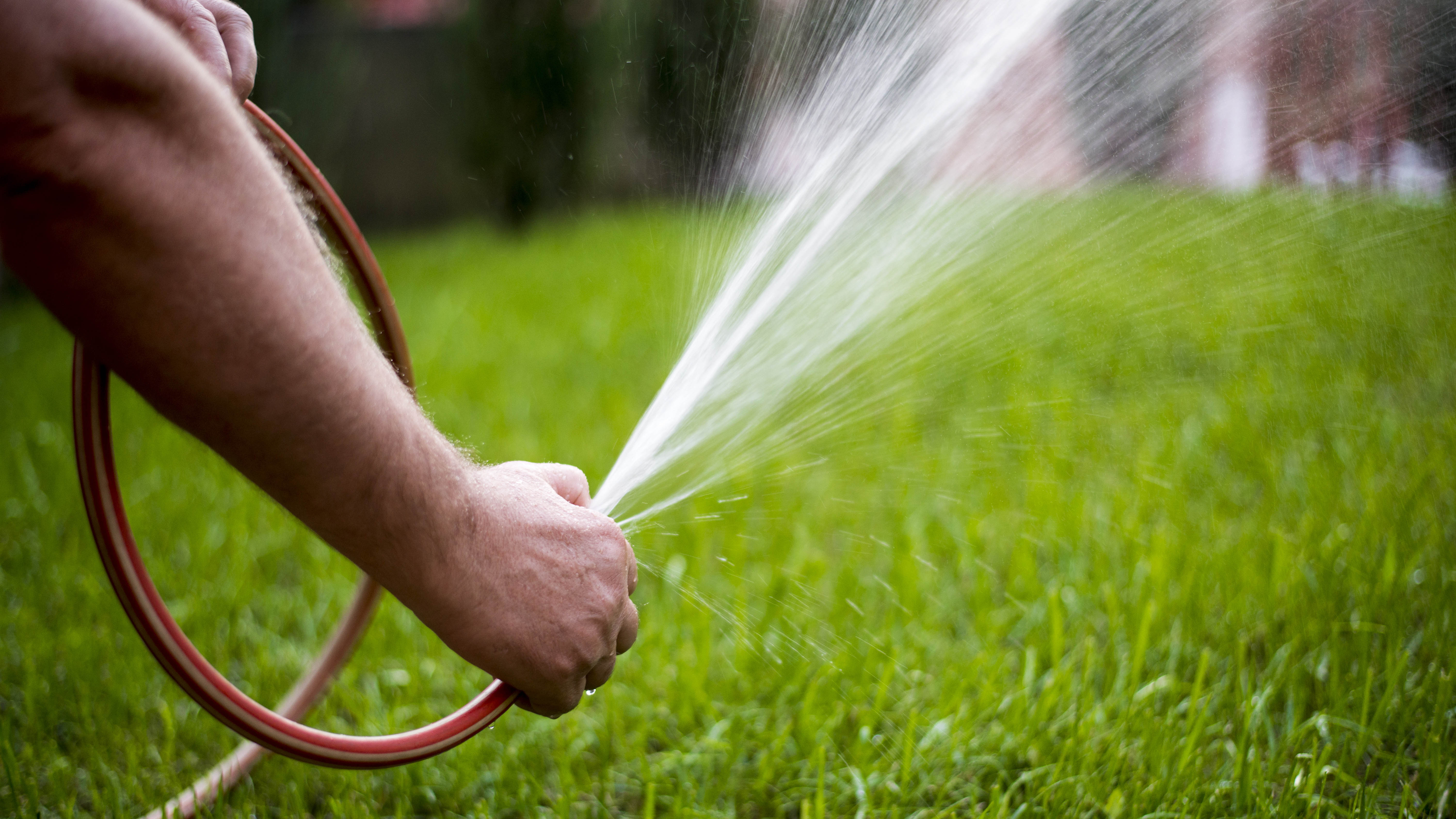
Even if you’re giving your lawn the right amount of water, you need to make sure you’re applying it at the best rate. Your lawn should be watered gradually, rather than with force. If it’s watered too quickly, the water won't have time to penetrate the soil before it pools and runs away — particularly if you’re watering your yard after a hot spell and the soil has hardened.
If you’ve just planted fresh grass seed, or you’ve recently laid down fertilizer, too much force can wash your work away too. That’s a lot of money going to waste, and washing fertilizer into our waterways isn’t good news for the environment either.
Apply water slowly and deeply, giving it time to penetrate the soil. Make sure you check the rate of any irrigation systems and adjust as needed. If you use a hose, distribute the water in a soft and fine manner, rather than as a jet.
3. Applying water unevenly
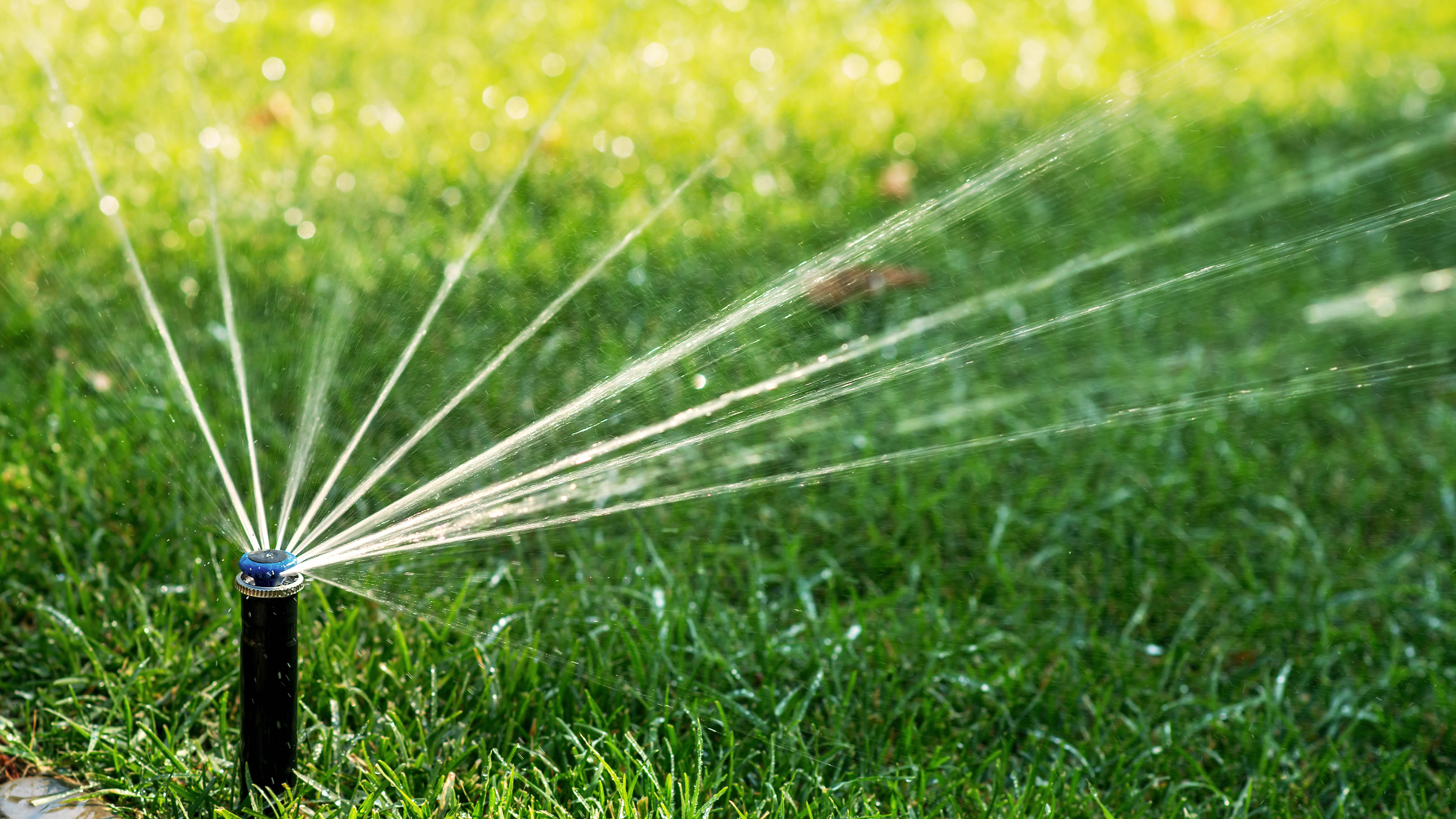
Now you’ve got the rate and amount of water down, you need to focus on how it’s being distributed across your lawn. Above all, it needs to be applied evenly and consistently. This can be a challenge when you’re relying on an irrigation system, which may end up missing spots or overapplying in places — indicated by thin or overgrown patches of grass.
It’s best to wait until your sprinkler system is running, which often happens early in the morning, and then inspect its coverage. If you spot any areas of concern, you will have to make some necessary adjustments to the system.
Applying water by hand can ensure a more even application with less waste from evaporation, but you still run the risk of missing sections or overwatering. Be methodical as you water your yard and work your way from space-to-space to ensure all areas are covered evenly. This will keep the chore quick and effective.
4. Watering at the wrong time
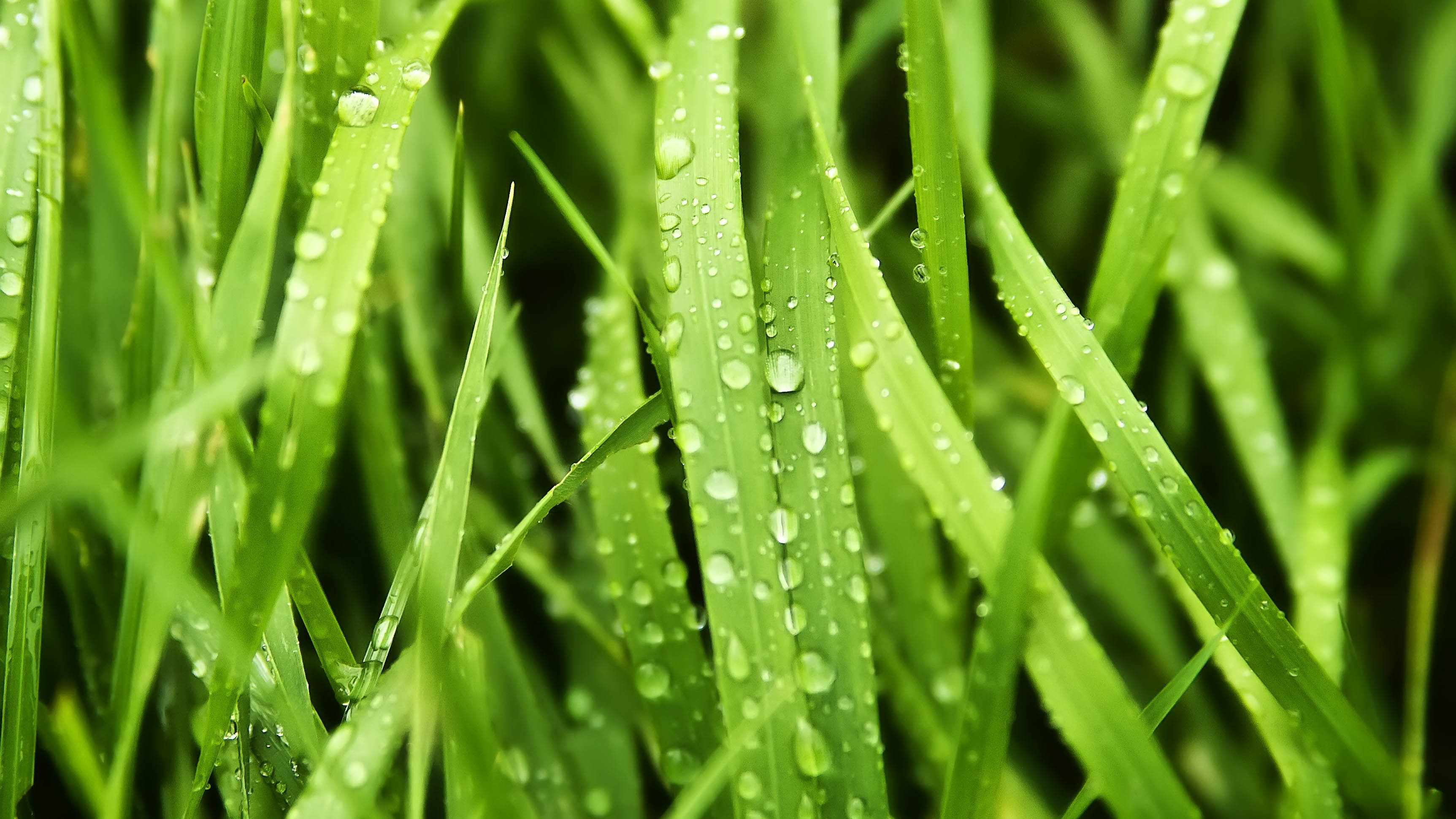
There’s a right time and a wrong time to water your yard. Apply water during the peak hours of the day, when temperatures are at their hottest, and you will lose a lot to evaporation. But, should you apply late in the evening, the water likely won’t have enough time to dry before nightfall, which encourages disease.
The best time to water your lawn is in the morning — before 10am. At this time, the sun won’t be so intense and conditions will likely be cool and calm, with less chance of high winds. In such circumstances it’s easier to ensure minimal loss to evaporation, while giving the lawn enough time to dry before conditions cool again. So your lawn ultimately prefers an early riser. Although you should take care when it comes to mowing your lawn too early in the morning; this can be one of the 5 rude habits your neighbors hate.
Is it bad to water your lawn at night? Here’s what the experts say.
5. Not taking the weather into account
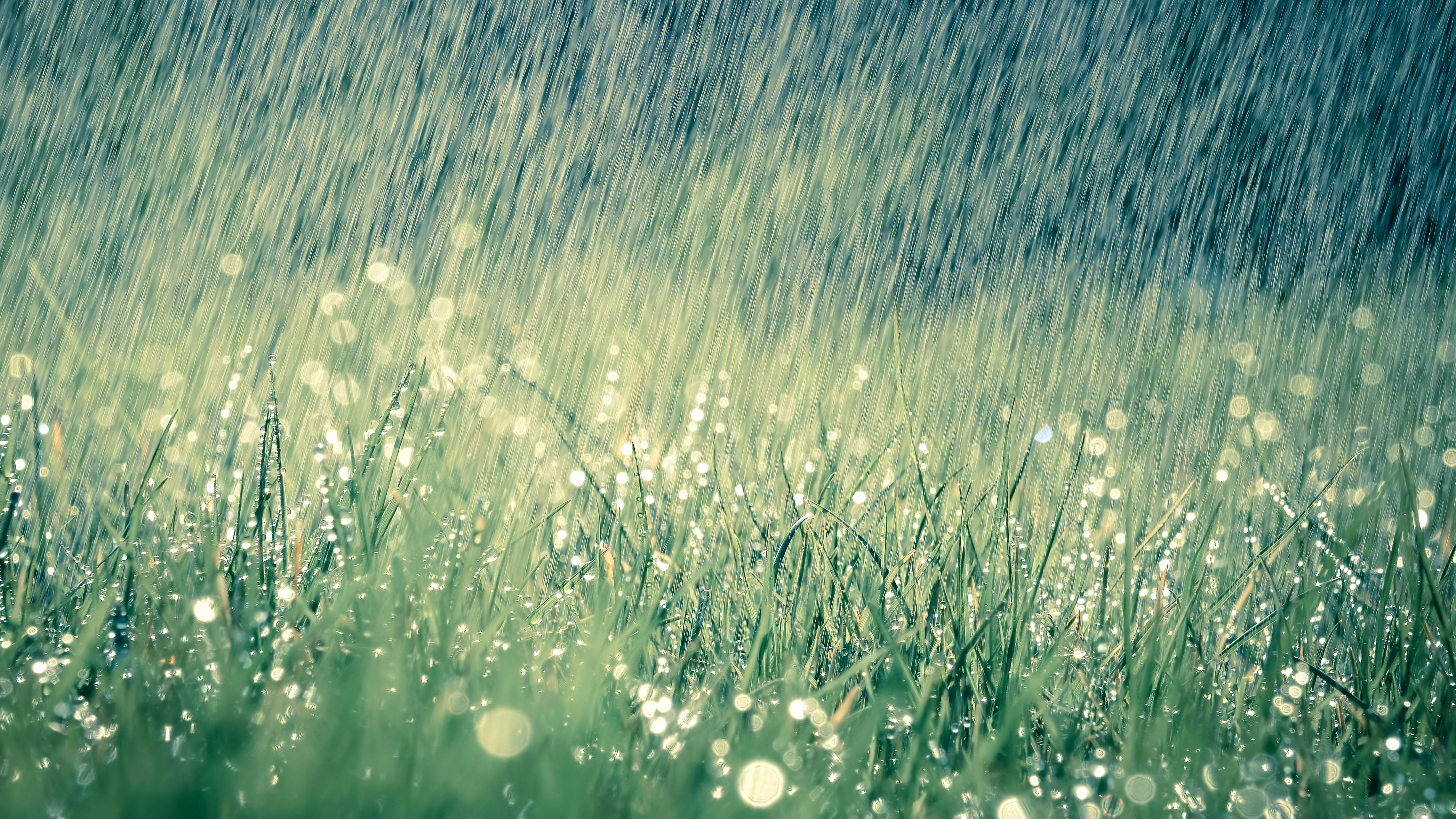
While it’s all well and good having a lawn care schedule and then sticking to it to ensure consistency, you need to take the weather into account. If heavy rainfall is scheduled or hotter temperatures than usual are predicted, you need to reflect this in your watering habits. More or less may be required depending on the conditions.
Always take a look at the weather forecast before you reach for the hose. If heavy rain is expected over the next couple of days, it may be best to skip the chore. Or if conditions are overly windy, perhaps wait until things calm down.
If you’re lucky enough to own a weather-based irrigation controller, such as the Orbit 21004 B-hyve Smart Hose Faucet Timer ($62.37, Amazon), this can take the hard work out for you. These devices will vary how much water is applied based on local weather reports and soil sensors. This can really help you save on water.
6. Wasting water
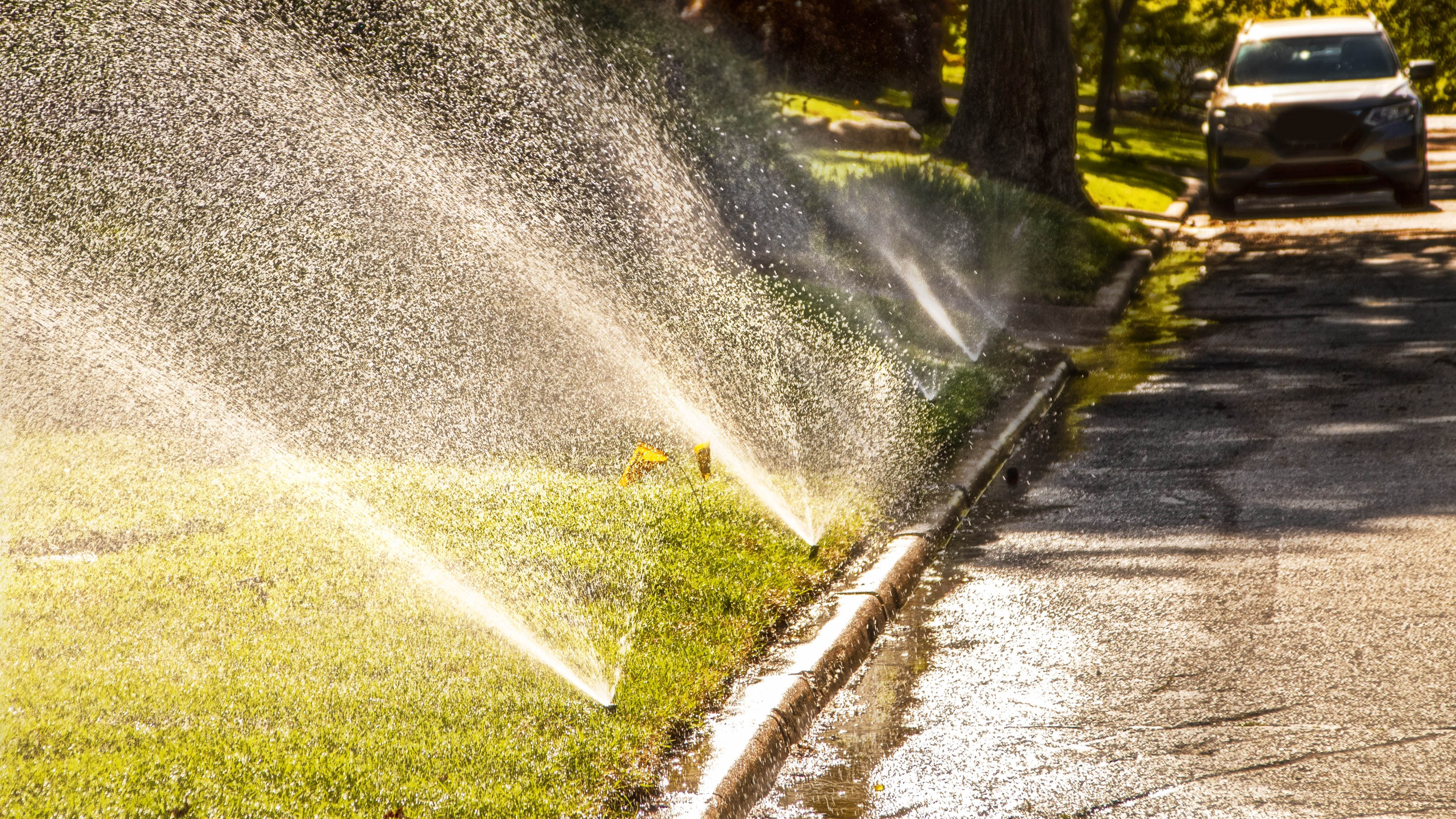
No matter how much care we take when organizing our irrigation system, there always seems to be a sprinkler which leaks or actively catches the road as it sprays. While you might have ignored this positioning in the past, you don't want it happening — it’s serving no purpose, other than wasting water and money.
While your irrigation system is running, check that it’s only applying water to your yard. It shouldn’t be leaking or forming puddles down the drive or roadside. If any heads need repositioning or repairs, get this seen to as soon as possible. A dripping faucet alone can cost a lot of money, so imagine what a wasteful irrigation system could do. You also don’t want standing water forming next to your property — it can quickly attract pests including mosquitoes as well as rats and mice.
7. Runoff water down slopes
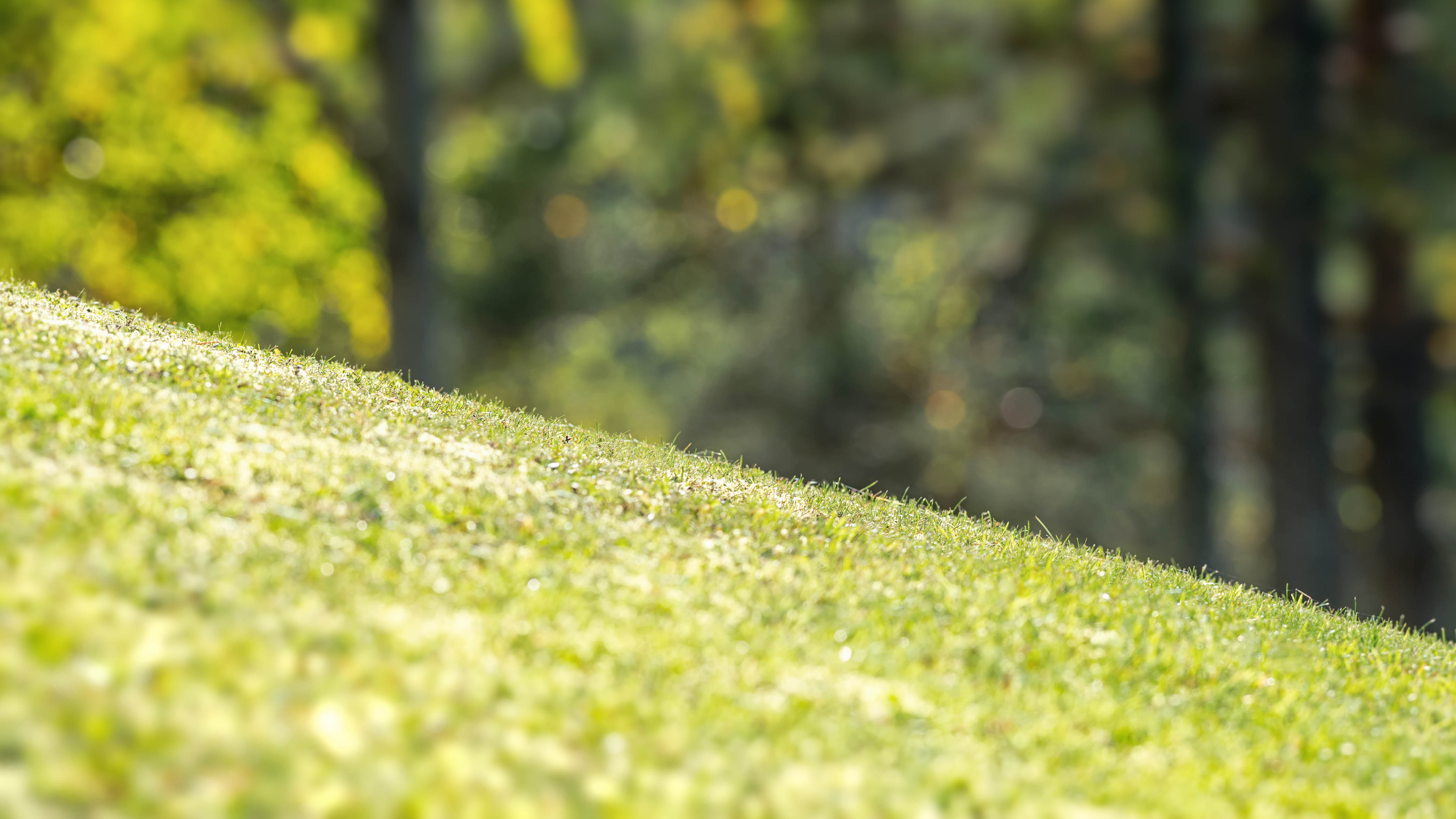
If your yard has an uneven layout, complete with slopes, then you will know that runoff water is all too common. With extreme angles, water has even less of a chance to penetrate the soil’s surface before it runs away. Rather than watering these sections of your lawn in the same way as the other areas, it will need more attention to ensure it’s getting the same access to moisture.
Breaking up your watering habits over such areas can really help. So by watering gradually in a start-stop fashion, you can give the soil more opportunity to absorb. You can also learn how to aerate a lawn, which can work wonders for slopes — by loosening the soil, it’s much easier to absorb the moisture as it’s watered.
More from Tom's Guide

Katie Mortram used to be a Homes Editor for Tom's Guide, where she oversaw everything from kitchen appliances to gardening tools, as well as smart home tech. Specializing in providing expert advice for cleaning and home manintenance, she now works as Household Advice Editor for Good Housekeeping.
